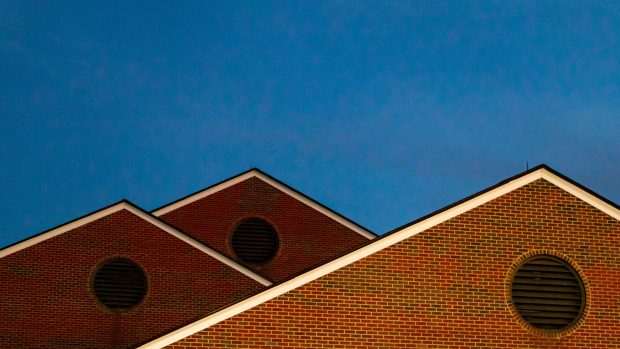If you’re a homeowner, there’s no doubt that you want to keep your roof in tip-top shape. After all, your roof is essential for protecting the rest of your property from any harm caused by harsh weather and other elements that threaten its security. So when it comes to dealing with potential damage from wind, rain, hail, and snow, it pays to be prepared – which is why we’ve put together this helpful guide on how to protect your roof from weather damage! Read on as we cover everything you need to know about caring for your roofs during storm season – plus some useful tips for preventing potential damages.

Strengthening Your First Line of Defense
Regular roof inspections are a vital aspect of maintaining your home’s protection against the elements. These inspections allow for the early detection of potential problems, saving you from costly repairs down the line. Take your time and learn more at amroofingva.com and similar sites. They contain helpful information and tips on how to perform the inspections, as well as what signs to watch out for. A roof inspection should be done at least once a year, ideally in the spring or fall when temperatures are mild. Make sure your contractor inspects not only the roof itself but also checks if there are any missing shingles and looks for damage around the chimney and in other vulnerable areas.
Choosing the Right Roofing Materials
When it comes to safeguarding your home from weather damage, the material your roof is made of can make a significant difference. Choosing durable, high-quality roofing materials is an investment in your home’s longevity and resilience. For instance, materials like asphalt shingles are popular due to their affordability and ease of installation, but they may not offer the same durability as metal or slate roofs.
Metal roofs, while more expensive, are known for their longevity and resistance to extreme weather conditions. Similarly, slate roofs are incredibly durable and can withstand harsh weather, but they can be quite costly and require professional installation. Your choice should balance your budget, the climate of your area, and your home’s structural capacity. Remember, the right roofing material not only adds value to your home but also enhances its protection against weather damage.
Ensuring Proper Roof Installation
The installation process of your roof plays a crucial role in determining its durability and ability to withstand severe weather conditions. Proper roof installation begins with selecting a reputable and experienced roofing contractor who follows standard building codes and manufacturer instructions. A competent contractor will ensure that the underlying decking is strong and free from any damage before installing the roof.
Moreover, a quality installation will include the usage of appropriate underlayment for added waterproofing and ice and water barriers, particularly in areas prone to ice dams. Ensuring the correct installation of flashing around chimneys, vents, and other roof penetrations is also critical to prevent water leaks.
Finally, the contractor should ensure proper attic ventilation to prevent the build-up of heat and moisture, which can lead to premature aging and warping of the roof shingles. The bottom line is that a poorly installed roof, regardless of the materials used, will be susceptible to weather damage. Therefore, it is crucial to ensure proper roof installation as it forms the foundation of your home’s protection against the elements.
Trimming Trees and Vegetation
Taking care of the trees and vegetation around your home is another critical step to protect your roof from potential weather damage. Overgrown trees with dangling branches can cause substantial damage to your roof, especially during high winds and storms. These branches can scrape the surface of the roof, removing its protective layer, or even puncture the roof if it fall.
Regularly trimming these branches and maintaining a safe distance between your roof and the trees can significantly reduce these risks. Similarly, accumulated leaves and other debris can trap moisture against the roof surface, leading to decay and damage over time. Regular cleaning of your roof, especially in the fall season, can prevent this accumulation and consequent damage.
Remember, maintaining a clean and debris-free roof is just as important as selecting the right materials or ensuring proper installation. Your consistent efforts in managing the vegetation around your home will go a long way in enhancing the lifespan of your roof and its ability to withstand weather damage.
Protecting your roof from weather damage requires a combination of proper maintenance and care. Regular inspections allow for the early detection of potential problems while selecting the right materials and ensuring their proper installation is necessary to ensure their longevity. Finally, trimming trees and vegetation around your property can also reduce any risks associated with severe weather conditions. By following these steps, you can be sure that your roof is ready to face whatever nature throws its way.




